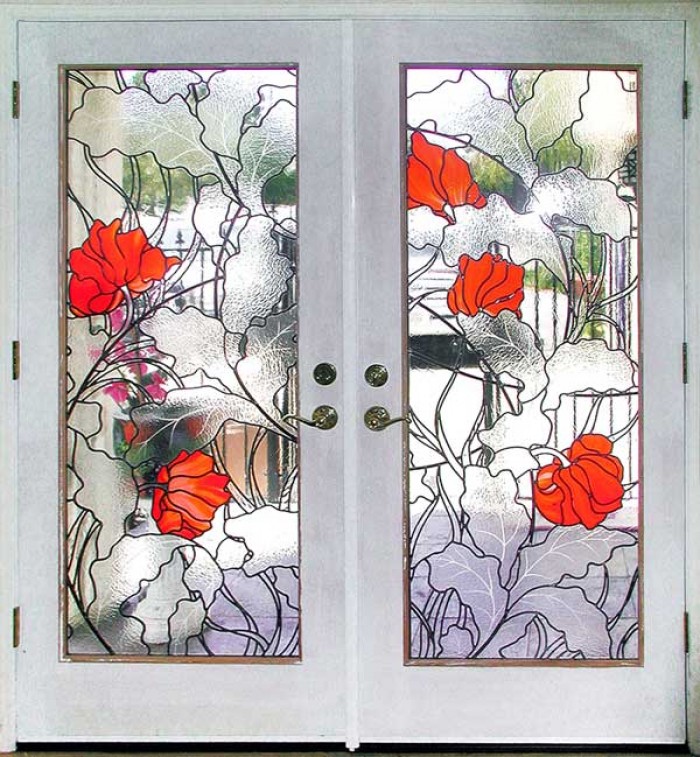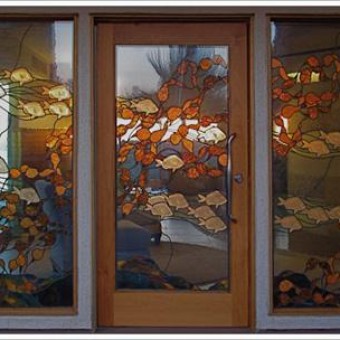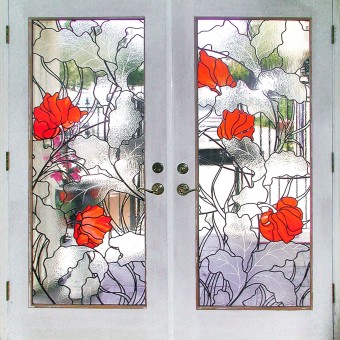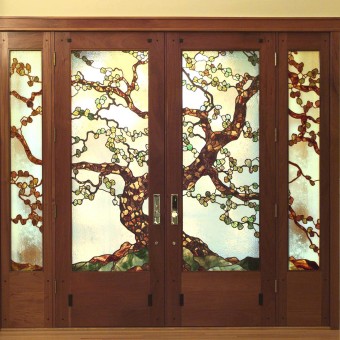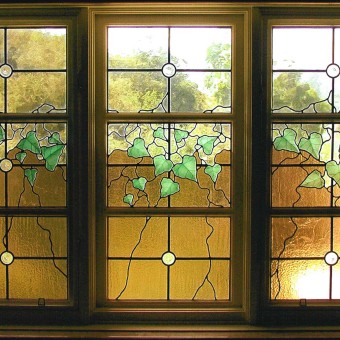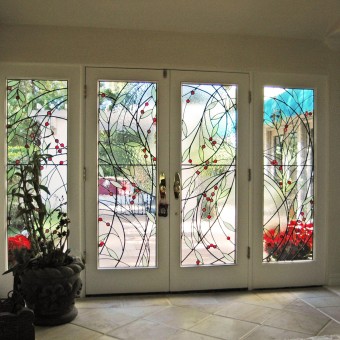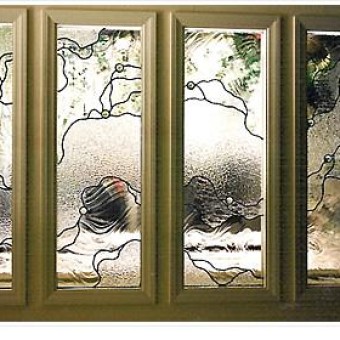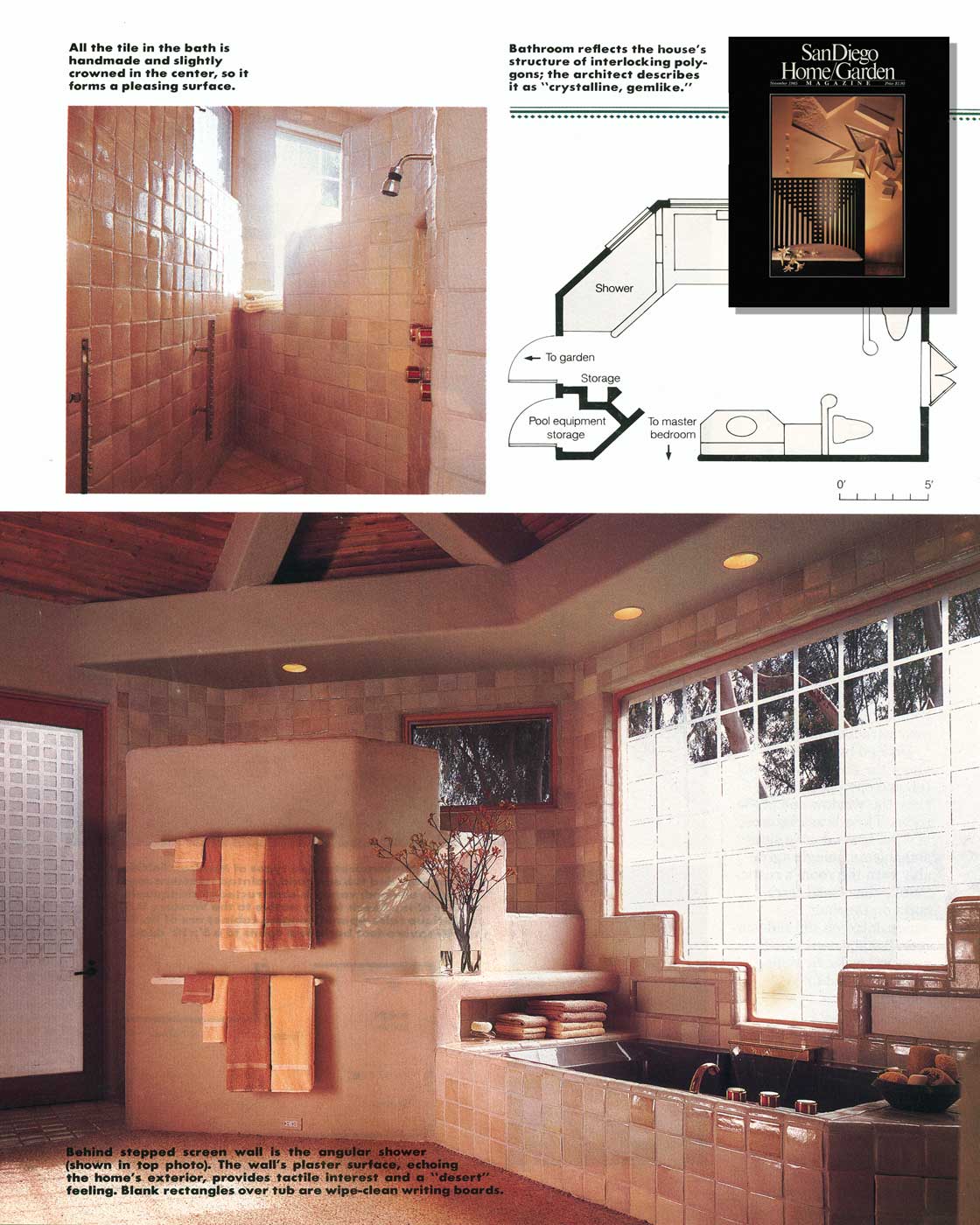Why are stained glass works called "stained" glass?
The earliest use of the term "stained glass" derives from the silver stain that was first applied to the side of the window that would face the outside of the building. When the glass was fired, the silver stain turned a yellow color that could range from lemon to gold. Stained glass was usually used to make windows, so that light would shine through to expose the painted design. It is a form of painting that began over 1,000 years ago and is still essentially made the same way today.
Most people identify stained glass with religious windows, in churches and synagogues. Stained glass has evolved into a form of painting on glass with finely ground colored glass particles called stain. This detail and design is then fired in a kiln at high temperature to fuse the stain to a piece of glass. These pieces are pre-cut from a pattern drawn by the artist/designer.
We take windows for granted. But there was a time when glass panels were too expensive for most people. In the late 1400s glass panels became more widespread. Middle class and wealthy people could have them in their homes, and they started inserting small stained glass panels that might be amusing, instructive, or celebrate their family history into their clear glass windows.
The design for a stained glass window is first drawn out by creating a full scale pattern on a white piece of paper. The designer uses this to indicate the principal outlines of the drawing, the shape and color of the individual pieces of glass to be used, and the position of the lead strips (cames) that will eventually hold all the pieces of glass together. The pieces of glass are cut to shape and then fired in the kiln. They are then placed together like a puzzle and held in place with lead came that is then soldered at the joints.
Leaded glass and stained glass are manufactured in the same way, but leaded glass does not contain any sections of glass that have been painted or stained. In addition, etched glass pieces can be added to the design to add more detail to the panels. Most of what people conceive of as stained glass today is actually leaded glass. Not all stained glass studios still paint on glass in the traditional way.
There are many applications for beautiful stained glass consisting of both traditional design along with abstract artwork that can be comprised of prismatic bevels for both residential and commercial applications.
Some Examples of Jay's Stained Glass Works:
(click any image to see it full screen)

